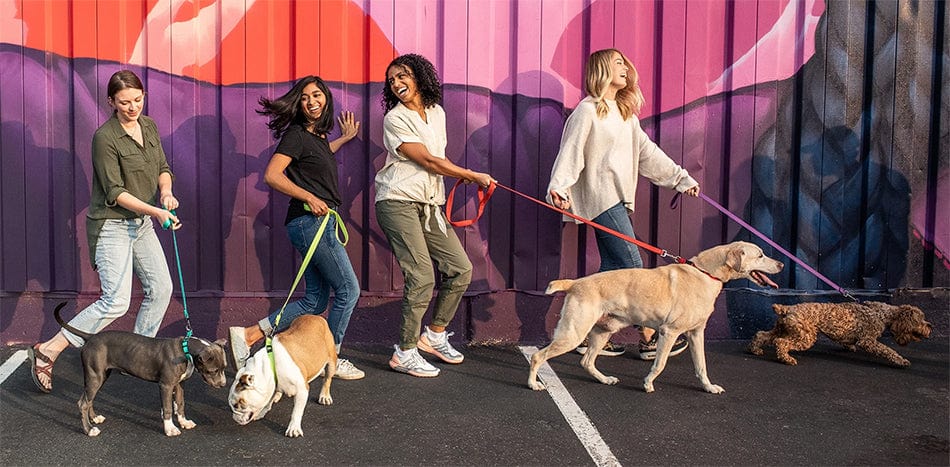Your cart is empty. Let's fix that!


You know when it’s sweater weather for yourself, but what about your pup? As the winter months approach, you may wonder “does my dog need a sweater?”
Large dogs with thick coats are well protected from the cold. However, other types of pups require a little extra warmth and should wear jackets or sweaters when venturing into the cold. If this is your first winter with your pup, you may be asking when does my dog need a sweater? These pups below need extra layers as soon as their pawrents do.
When temps get too hot or too cold, they can become dangerous for your dog. Follow this guide to learn more about how to keep your pup safe in extreme weather.
Because the pads on dogs’ feet can absorb chemicals (like those used to melt snow), you may also want to get dog booties to protect your pup.
Once you’ve determined that your dog does need a jacket or sweater, snag a coat that covers their neck and belly. It’s helpful to pick a waterproof jacket for ultimate weather protection. The winter warmer should extend from the base of Fido’s neck to their tail. It should be short enough on their underbelly to still allow for easy potty breaks. Their coat should fit snugly, but not tight enough to restrict your dog’s movement.
The most important areas to measure are around the neck, around the largest part of the chest, and the distance from the neck to the waist. Weigh your dog to help determine their correct size. If you’re able, take your dog to the store with you to model the clothes and test them out before buying them. The ideal jacket will have nothing that can be chewed off and swallowed, velcro is usually your best bet.
While this should go without saying, dogs cannot wear pants. Their bodies are built for them and they wouldn’t stay clean for long after the first potty trip.
Something your dog will appreciate in any climate is great food, like our duck meal booster! After coming in from the cold, let your dog cozy up by the fire with a nice bully stick.